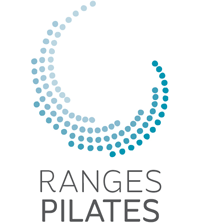Working with joint pain or injury?
Where you feel pain or have an injury is not necessarily where it originated.
Let’s use the knee as an example. often with knee pain we need to look at the joint above - the hip, and below the knee - the ankle and foot.
If the muscles which support and control the hip aren’t strong enough, the femur, your thigh bone, will internally rotate. This will put the knee out of alignment and potentially create a torsion in the knee joint. These hip muscles are your gluteal muscles, in particular the Gluteus Medius.
With the foot, if it rolls in excessively, called pronation, this will cause - you guessed it - the knee to roll in and go out of alignment.
The knee loves alignment, it can and needs to move a little bit, but too much movement will make it unhappy causing excessing wear and tear. There are a couple of “C” shaped cushions called meniscus which help with shock absorption and keeping the knee in alignment. If you continuously put the knee out of alignment, this put strain on the meniscus and and they will wear excessively and sometimes tear.
If the knee is continuously out of ideal alignment this will also put excessive pressure on cartilage and ligaments in the knee joint. Wearing of cartilage can lead to osteoarthritis and wearing of ligaments can make them more vulnerable to tearing.
In the Pilates Studio if you have knee issues, I will always assess the control and strength of the lateral gluteal muscles. And the strength of the muscles which support your foot and ankle. There may be other considerations as well, such as strength in the muscles around the knee, above and below, and whether the knee hyperextends. I find its often about problem solving to see where the issue may be coming from, its not unusual to find a few compensation patterns.
The human body is much more than a sum of parts. One section will have an effect on others. Knee issues can cause the pelvis to tilt and this flows onto the lower back becoming very curved inwards, often referred to as hyperextension or lumbar hyper-lordosis. This is why I will check the over-all alignment of the entire body, even if you just come in with knee pain.
All this can definitely be improved. By strengthen one part of the body, will help others.

